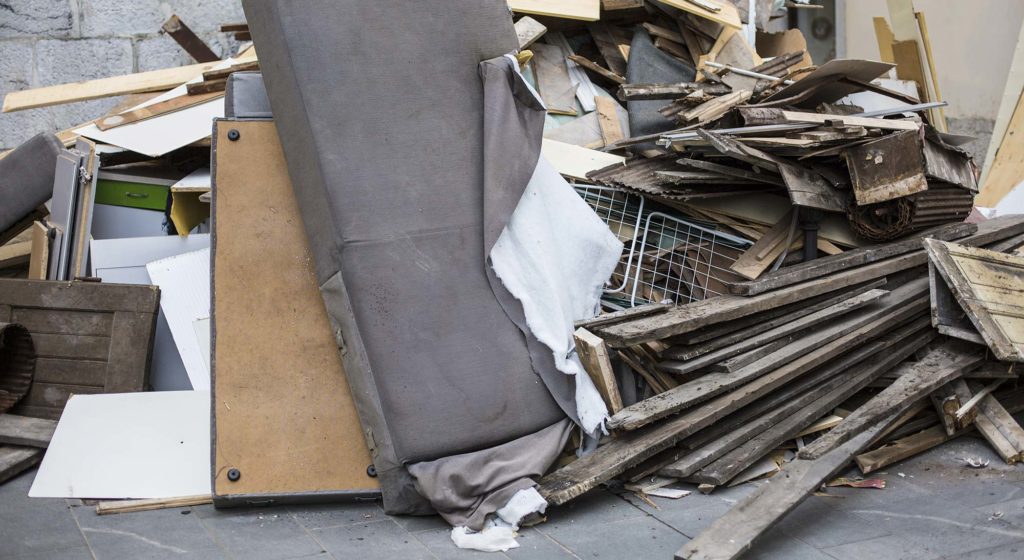When we think of landfills, we often imagine a limitless space that caters to all our wastes—a completely different dimension. Consequently, people couldn’t care less what kind of wastes should end up there and what shouldn’t.
But, just like anything, landfills also have a limited lifespan. After about 15 years, they are bound to reach a point where they can no longer take our wastes. Beyond that, garbage will only spill on adjacent communities, and leachates will start contaminating nearby ecosystems.
Do we still have to reach that point before we start caring how much of our wastes settle in landfills? It’s about time we correct this misconception. Landfills aren’t as everlasting as we would like to think.
What are landfills?
Landfills are designated sites for solid wastes that can no longer be repurposed or recycled. In the middle of the 20th century, Australia banned the incineration of wastes in their backyard to lower the country’s Greenhouse Gases (GHGs) emissions and reduce the causes of respiratory illnesses.
Landfills were then built as an alternative method for rubbish disposal. You could say that landfilling is a relatively greener and healthier option.
Australia has 1,168 registered and unregistered landfills designed to accept at least 100 000 tons of wastes yearly. These landfills can be categorised as the following:
- Putrescible site: Takes in municipal solid wastes (MSW) with organic materials such as food and garden residues.
- Inert site: Accepts non-bioactive materials like construction and demolition debris (C&D).
- Hazardous site: Contains materials that pose risks to both health and the environment. These are primarily commercial and industrial wastes (C&I).
However, it is also important to note that these landfill categories are not mutually exclusive. Some landfills are at least two of these classifications.
How much waste goes to landfills?
Before ending up in landfills, pre-disposal activities like organics composting, C&D waste sorting, and household waste recycling are undertaken.
However, despite these efforts, around 40% of the total wastes generated in Australia still end up in landfills. These wastes are primarily masonry, organics, ash, paper and cardboard, metals, plastics, and hazardous materials.
2010-2011
From 2010 to 2011, Australia had around 48 million tonnes (Mt) of solid waste materials yearly (excluding fly ash from coal-fired power plants), which signifies a 9.1% increase in waste generation in four years.
Although 40% or about 19.2 Mt of this accumulated waste ended up in landfills, Australia’s recycling and energy recovery rates increased by 6.3 and 3.6% yearly.
2014-2015
After five years, Australia’s yearly waste generation increased by 9%, with an average of 53 Mt in 2014 and 2015. Unfortunately, recycling and energy recovery stagnated at 30 Mt and decreased to 2.3 Mt from the previous year’s 2.9 Mt. While the waste sent for disposal in landfills increased from 19 Mt to 21 Mt.
2018-2019
In 2018-2019, yearly waste generation skyrocketed to 74.1 Mt, mainly composed of masonry wastes—a consequence of the increasing urbanization projects. Despite this increase, only 37% of this waste went to landfills, and the resource recovery rate increased by 1% after five years. These results are mainly attributed to the introduction of landfill levies.
The recovery rate is highest in metals (90%), masonry (66%) and paper (60%) closely following. Plastics, on the other hand, only had a recovery rate of 15%. This means that although plastics are only 3% of the waste generated, most of these end up in landfills.
Implications
With all these numbers, Landfills will undoubtedly remain a crucial component in Australia’s waste disposal in the years to come. But, these can only hold so much waste. Sooner or later, these wouldn’t be enough to cater for the waste produced by the increasing Australian population.
Hence, observance of proper landfill management and the development of waste recovery technologies are necessary. Fortunately, the potential of wastes as a source of energy has been recognised and has resulted in the investment in waste recovery facilities like AD plants.
But, ultimately, the future of landfills or waste disposal, in general, lies in our hands. We have to care enough about where our wastes are heading.

